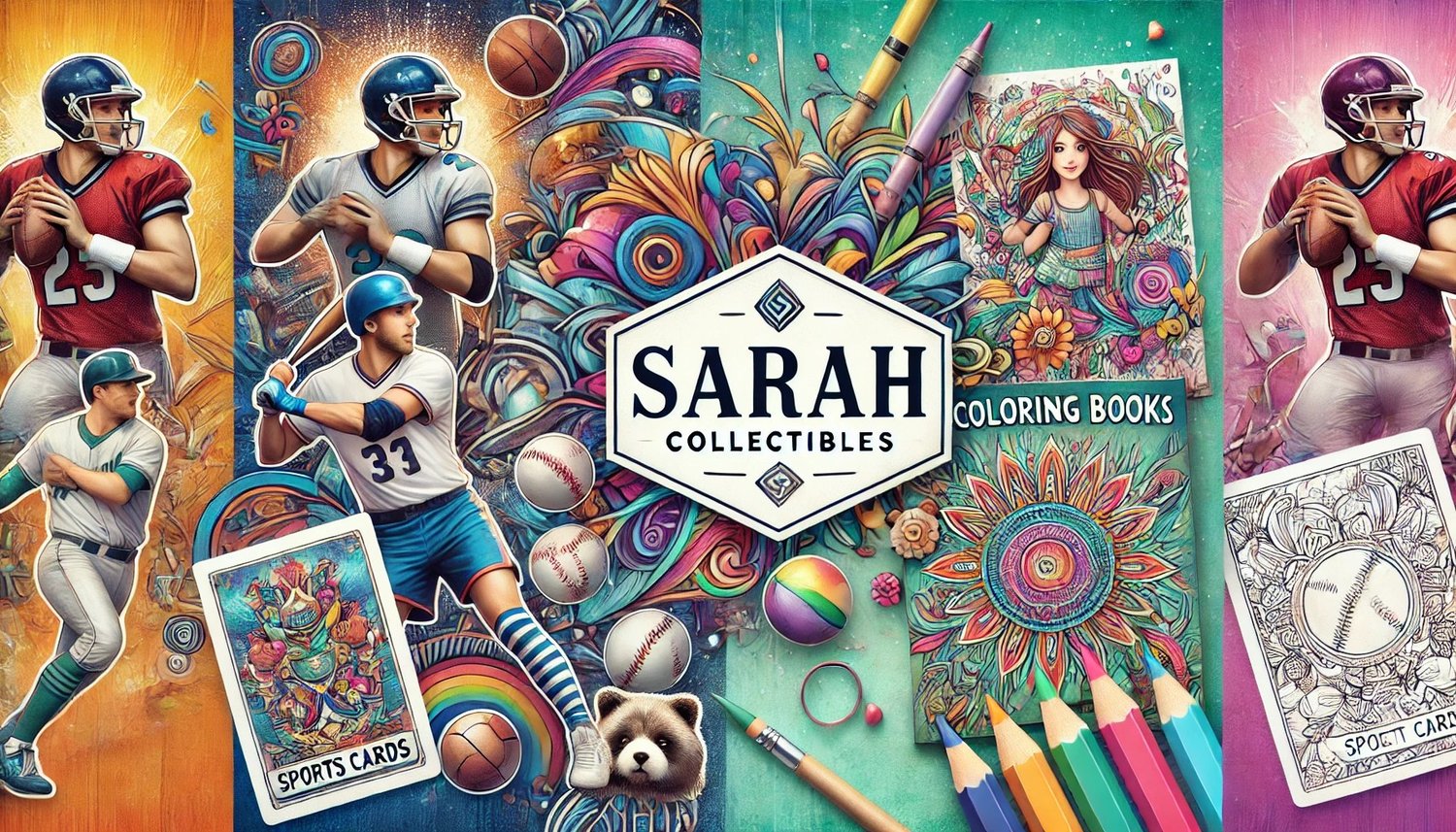Throughout human history, pigments have played a pivotal role in art, culture, and communication. From the prehistoric cave paintings of Lascaux to the vibrant digital displays of today, the evolution of pigments is a story of creativity, science, and ingenuity. In this blog post, we explore the origins of pigments, their journey through time, and how they’ve evolved into the advanced colorants we use today.
Prehistoric Beginnings: Earthy Origins
The earliest pigments were derived from natural materials found in the environment. Prehistoric humans used iron oxides (like red and yellow ochre), charcoal, and ground minerals to create basic palettes for cave art. These early pigments were mixed with water, animal fat, or plant sap to create rudimentary paints.
One of the most famous examples of this early use is the cave paintings in Lascaux, France, dating back over 17,000 years. These earthy tones were limited in variety but held profound cultural and symbolic significance.
Ancient Civilizations: Expanding the Palette
As civilizations advanced, so did the variety and complexity of pigments. In ancient Egypt, blue and green pigments like Egyptian blue and malachite were developed. Egyptian blue, considered the first synthetic pigment, was created by heating a mixture of sand, copper, and natron to produce a vivid, durable hue.
The ancient Greeks and Romans expanded on these innovations, using pigments like vermilion (made from cinnabar) and Tyrian purple, an incredibly expensive dye derived from sea snails. These pigments were often associated with power and wealth, with purple reserved for royalty.
The Middle Ages: Alchemy and Artistry
During the Middle Ages, pigment production became closely tied to alchemy. Artists and alchemists experimented with various minerals and organic materials to expand the available colors. Ultramarine, made from the semi-precious stone lapis lazuli, was one of the most coveted pigments of this time, often reserved for sacred art due to its high cost.
Another notable pigment from this era is lead-tin yellow, widely used in European Renaissance paintings. However, many pigments of the time, like lead white and vermilion, posed health risks due to their toxic properties.
The Renaissance and Beyond: A Scientific Approach
The Renaissance ushered in a golden age of art and pigment innovation. With the patronage of wealthy families and the church, artists like Michelangelo and Leonardo da Vinci pushed the boundaries of color. Pigments like carmine (extracted from cochineal insects) and verdigris (a green pigment derived from copper) were refined and widely used.
The Industrial Revolution marked a significant turning point in the history of pigments. Scientific advancements led to the discovery of synthetic pigments such as Prussian blue and cadmium yellow. These pigments were more vibrant, affordable, and stable, democratizing access to color.
Modern Times: Synthetic and Sustainable
Today, the pigment industry is a blend of art and cutting-edge science. Synthetic organic pigments, developed in the 20th century, offer an almost limitless range of colors. These pigments are used not only in art but also in textiles, plastics, cosmetics, and digital displays.
Sustainability has also become a critical focus. Researchers are developing eco-friendly pigments, such as those derived from algae or recycled materials, to reduce environmental impact. Advances in nanotechnology have also enabled the creation of pigments that are more durable and efficient.
Conclusion: A Vibrant Legacy
The history of pigments is a testament to humanity’s unending quest for beauty and expression. From the earthy reds of prehistoric times to the vibrant, sustainable hues of the modern era, pigments have evolved alongside our understanding of science and art. As we look to the future, the development of pigments will undoubtedly continue to reflect the dynamic interplay between creativity and innovation.
For artists, historians, and anyone fascinated by color, the story of pigments is as rich and varied as the colors themselves. What’s your favorite pigment or era in this colorful history? Share your thoughts in the comments below!



Comments ()